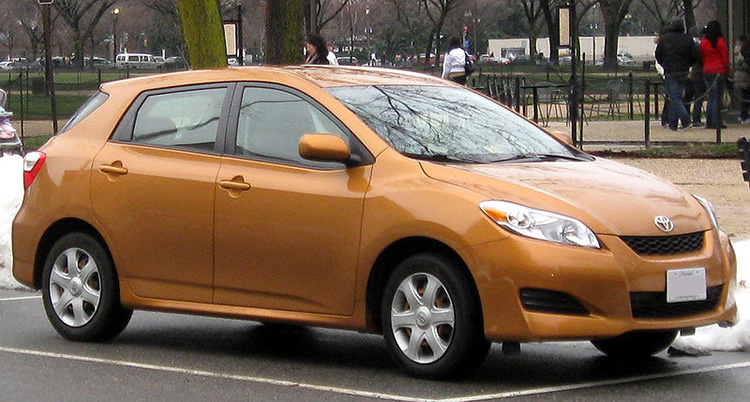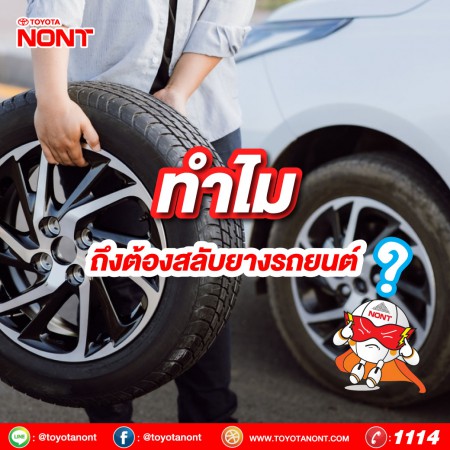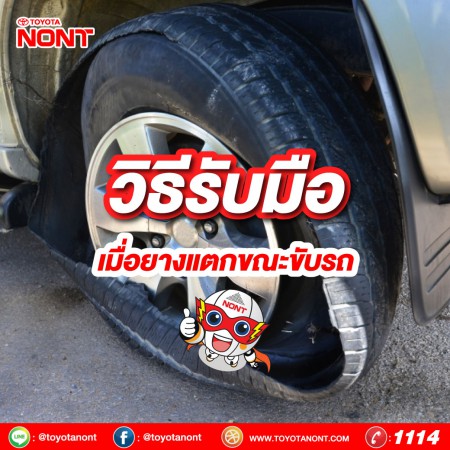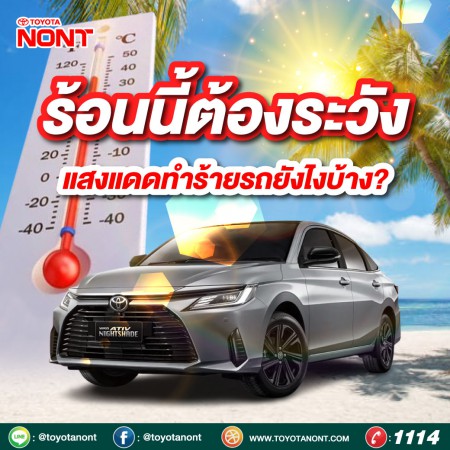

Toyota Matrix Second generation
Initially rumored by Toyota and auto news media as a Matrix replacement named the Blade,the second generation Matrix was unveiled on October 31, 2007, at the Specialty Equipment Market Association (SEMA) show in Las Vegas, and was first available at dealerships in February 2008, as a 2009 model.
In the United States, three trim grades (Standard [base], S, and XRS) are offered,[28] as well as two I4 engines: a 1,797 cc (1.797 L; 109.7 cu in) 2ZR-FE for the base model (chassis code ZRE142) and a 2,362 cc (2.362 L; 144.1 cu in) 2AZ-FE for the S and XRS grades. The former is offered with either a five-speed manual or four-speed automatic transmission, while the larger engine is equipped with either a manual or automatic five-speed transmission. In addition, the S grade can be equipped with a four-speed automatic and all-wheel drive. Canadian buyers are offered four trim levels: a 1.8 L-powered base model and the XR, AWD, and XRS models with a 2.4 liter engine. This Toyota Matrix generation marks it the first time it is sold in Mexico. The Toyota Matrix comes only in two trim levels to Mexico: Base and XR.
For the 2011 model year, the Matrix received redesigned exterior and interior elements, including front and rear fascias, wheels, and seat fabrics.
Models
Beginning in 2008, Toyota began offering different trim levels in the United States and Canada. The XR trim and AWD option became exclusive for Canada, and the S model was released only in the U.S. All vehicles have an independent front suspension with MacPherson struts,[28] but only XRS models and cars equipped with all-wheel drive and 158 horsepower, feature an independent rear suspension using double wishbones instead of a semi-independent torsion beam.[28][35] The 2009 models have less interior space than the preceding years, with a total of 48.9 cu ft (1.38 m3) compared to the original 53.2 cu ft (1.51 m3).
The XRS grade was dropped from the U.S. lineup for the 2011 model year.
Safety
All models come standard with side torso airbags, side curtain airbags, anti-lock braking and electronic brakeforce distribution.[36] For the 2010 model the previously optional Vehicle Stability Control and traction control systems became standard.
Toyota's Smart Stop Technology was added to the Matrix for the 2011 model year.
The Matrix is rated "Good" in both frontal and side Insurance Institute for Highway Safety (IIHS) crash tests.








